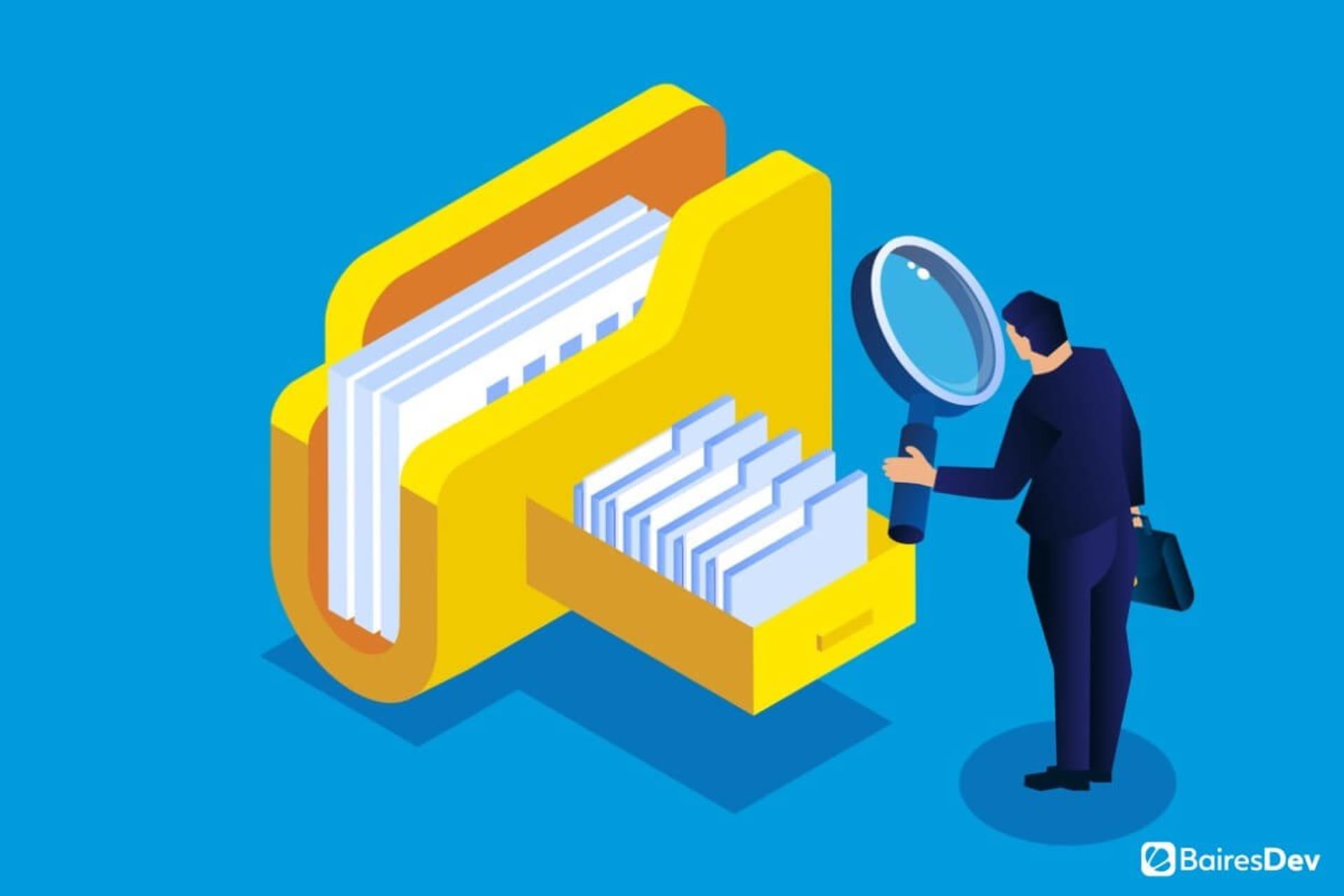A thriving business doesn’t come from nothing. It requires a solid foundation, one that allows it to grow and prosper. Given that technology is critical to any organization in today’s landscape, you can’t overstate the importance of a robust tech stack.
From the early stages of your venture, it’s important to choose technologies that complement your mission and offer your business long-term potential.
While the software development and IT teams have the most vested interest in their tech stack, it’s something that concerns everyone within the organization. It aligns with the company’s vision and culture. And it is the responsibility of everyone to perpetuate the business’ values and realize its goals.
What Is a Tech Stack?
A tech stack consists of all the languages, frameworks, databases, and tools that allow you to build software and websites. Usually, it is separated into a front-end (client-side) group and back-end (server-side) group, which together formulate the comprehensive set of technologies the business uses.
The front-end tech stack includes technologies that support interactions between the software or website and the user. This is the part of the product that the user can see and manipulate — the visuals, including pictures, writing, and graphical interfaces, as well as buttons and other interactive elements.
Meanwhile, the back-end stack includes systems and tools that function together to support the front-end. They power the entire product, but the user cannot actually see them.
What Should You Consider When Choosing a Tech Stack?
Tech stacks are never one size fits all. Each organization — and, depending on its size, the various initiatives and departments within it — has unique needs and goals. Moreover, the various products the organization puts forth have different demands and purposes and may therefore require different tech stacks. Here’s what to consider when selecting the tech stacks for your projects.
1. Your Requirements
Every project begins with requirements. They serve as the driving force behind your endeavors, and you must always keep them in mind throughout the project. Your tech stack must support those requirements. Therefore, you must choose technologies that will contribute to furthering your goals and objectives, keeping in mind your priorities for the product. Because the requirements should be user-focused, you must also choose a tech stack that centers the user.
2. Skillsets
Of course, the tools you choose to complete your project are only useful if your developers know how to leverage them. That’s why you must account for the skills and experience of your team members when choosing the best technologies for your project.
Bear in mind that if you find you are lacking the necessary skills and competencies in-house for specific projects, you should consider partnering with external individuals or teams to help. They will often bring their own preferred tech stacks that complement their skillsets.
3. Project Scope
Projects of various sizes demand different technologies to produce. While small-scale projects often don’t need the most advanced or comprehensive languages and frameworks, larger, more complex projects usually require more efficient and less simple tools. So, it’s important to assess the scope of your endeavor when choosing a tech stack to support your needs and those of the project.
4. Security
Security is always a concern when you’re building new technologies — or augmenting existing ones, for that matter. This must be at top of mind for any and every project. Carefully research and assess the vulnerabilities of the tools you’re considering using for your projects before leveraging them. Additionally, include tools in your stack that can help you identify and mitigate any risks, including quality assurance techniques and tools.
5. Time to Market
Your project’s timeline will also play a pivotal role in determining the core technologies you choose to bring it to fruition. How soon are you looking to bring it to market? Which tools will support this timeline? While almost every business leader will want to work efficiently and produce as quickly as possible, it’s important to take other factors into account as well, such as those we’ve discussed here.
Moreover, you should also, most of all, underscore your user’s experience — and develop a timeline that supports both UX and efficiency. Remember, too, that you want a tech stack that will allow you to continuously improve your product.
6. Scalability
Are you looking to grow your business and products in the future? Many companies are, and depending on when they hope to scale, it’s critical to keep that goal in mind as you choose the technologies to support and facilitate your growth. You will need languages, frameworks, and additional tools that give you the flexibility and potential to scale and adjust your ventures. Additionally, keep in mind the features you might want to add later on.
7. Cost
Budgets, naturally, vary by your operation. Large, seasoned businesses often have plenty of funding to spend on expensive tech stacks, while smaller startups may be a bit more frugal with their money. This, of course, depends on your unique situation.
For those operating on a stricter budget, there are plenty of open-source options, which tend to be highly cost-effective — even free in many cases. However, it’s still important to weigh the pros and cons. Consider, too, that more expensive technologies are sometimes more valuable — although this is not always the case. Think about both long- and short-term value.
Your tech stack says a lot about your company and its objectives. It also, in many ways, dictates the future of your business. It’s critical to carefully assess any tools and languages you consider using for your projects, and remember to continuously reevaluate these technologies again and again. The world of tech is constantly evolving, after all.






